
THE HWYL AND HIRAETH OF WELSH MALE VOICE CHOIRS
[caption id="MusicintheValleys_Feature" align="aligncenter" width="1024"]
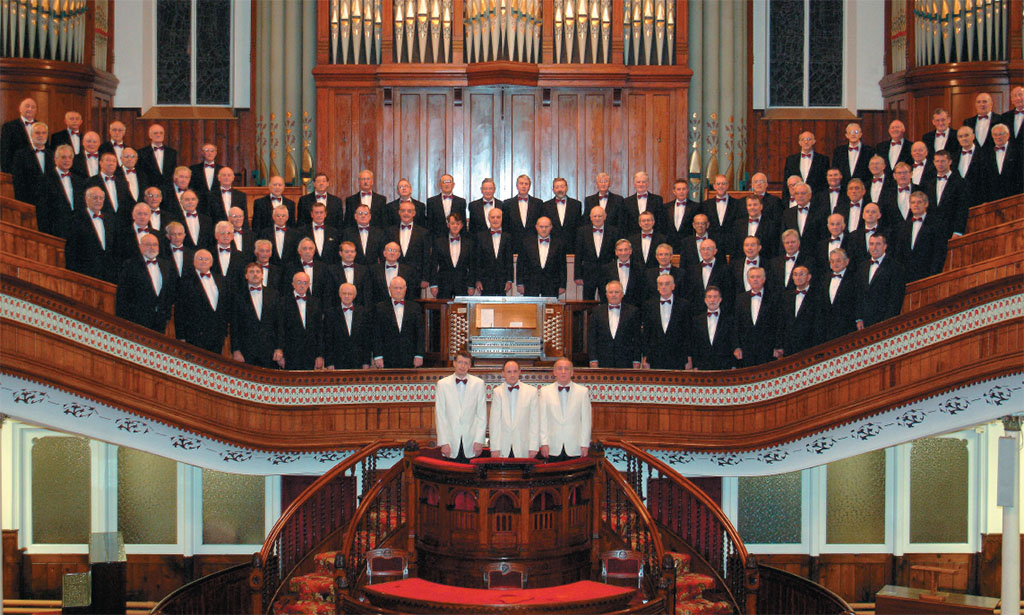
[caption id="MusicintheValleys_img1" align="aligncenter" width="462"]
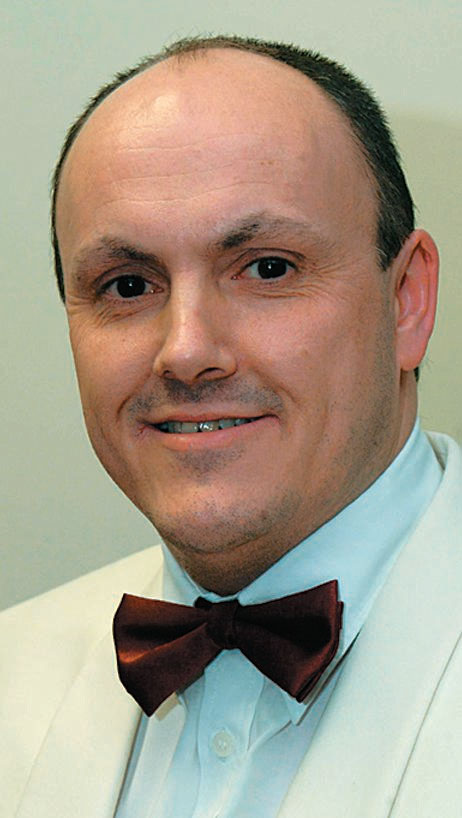
Courtesy of Morriston Rugby Choir
IT’S A SPINE-TINGLING MOMENT. You’re in a crowd at a rugby match, in a pub or some other sociable, public place. The gathering suddenly bursts out singing. It could be “Cwm Rhondda” (Guide Me, O Thou Great Jehovah), “Sospan Fach,” “Hen Wlad Fy Nhadau,” even Tom Jones’ “Delilah.” Full harmony, from the heart, eyes shining. Welcome to Wales, Land of Song. Our own British Heritage editor himself recalls just such an experience, joining in “Calon Lân” in a pub in Ynysybwl “with a pile of Welshmen.” He adds: “That they’ll sing spontaneously and in public may be a function of culture; that they can sing has got to be indicative of something genetic, or something in the beer.”
The epitome of this Welsh predisposition to song is the male voice choir. But while in some parts of the principality its tradition is alive and well, in others it is dwindling as youthful voices seek their melodic outlet elsewhere. Once there was a choir in every town and almost every village; that’s no longer the case, and there are murmurings at grass roots level that the future for some choirs is uncertain.
The Welsh Association of Male Choirs (WAMC) nevertheless reports around 115 currently on its books (83 in the south, 32 in the north) with 24 associate/overseas choirs—and says the number has been stable for some while. The Welsh Amateur Music Federation (WAMF) lists 107 male choirs in its membership, “the largest number we’ve ever had.” The actual national total is unknown—some male choirs belong to both organizations and some belong to neither.
In order to sort fact from fiction regarding the “uniqueness” or otherwise of Welsh singing and male voice choirs, their heritage and future, I turned first to the history books. Back in the 12th century, the peripatetic clergyman Giraldus Cambrensis was already writing of the Welsh love of music and their gift for singing in harmony (see “Gerald’s Cambrian Era,” May 2005). It was much later, however, from the cultural, religious and industrial revolutions of the 18th and 19th centuries that today’s choirs sprang.
It’s a heady tale that begins with a wave of nonconformism (the “people’s religion” in contrast to the “stuffy” Church of England) that swept the country. In Wales, Methodism appeared at a time of cultural vacuum; its pulpit orators and stirring hymns, with their emphasis not just on vigorous music but Welsh music, inspired a renewed self-respect, sense of identity and patriotism. Chapels became the center of village life—80 percent of people belonged to one in the latter part of the 19th century—and also the birthplace of male and mixed choirs.
The 19th century also brought a boom in coal mining and quarrying to Wales. The seething, dangerous conditions in which men toiled were a hotbed of melodic camaraderie—a song on the way to work, or at the pit head baths, raised the spirits. Thus the mining towns and villages developed their own fervent culture, passionately expressed in chapel going, choral singing and, later, rugby.
I’ve yet to find anyone brave enough to name the first big male voice choir to be formed. Some plump for Ebenezer Chapel, Trecynon (Aberdare) in 1849. By the end of the century there were many, up to 150 voices strong. Though not all survived by any means, there are proud centenarians or older such as Pontnewydd (Gwent), Haverfordwest and Caerphilly—the latter reaching its hundredth year in 2006. Great choirs like the Morriston Orpheus, Treorchy and Pendyrus are famous worldwide.
But is all this unique? Keith Griffin, director of WAMF, cautions against over-romanticizing: “Male voice choirs are an amateur, partly working-class British tradition that sprang up during the time of the Industrial Revolution. You’ll find very strong choirs in the north of England and some in Scotland. What is special about the Welsh tradition, or used to be, is the singing in the chapel. Wales was known as the temple of tonic sol-fa at one point in the 20th century. But there are now, in the old sense of the word, only about two or three chapel choirs left because religious observance in Wales is no longer much higher than in the rest of the country but actually lower.”
Griffin also suggests another distinction to be made, regarding the way the Welsh talk and sing. He believes the Welsh open their mouths fully, that the voice comes from an open throat to produce purer vowels, in contrast to the more closed “talking through the teeth” of, for example, southeast England. “The same open way of speaking is true of people in Cornwall and the north of England,” he says.
[caption id="MusicintheValleys_img2" align="aligncenter" width="387"]
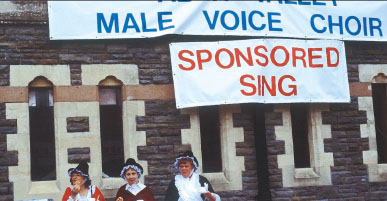
Mouncey Ferguson
[caption id="MusicintheValleys_img3" align="aligncenter" width="324"]
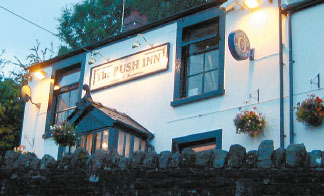
Dana Huntley
[caption id="MusicintheValleys_img4" align="aligncenter" width="719"]
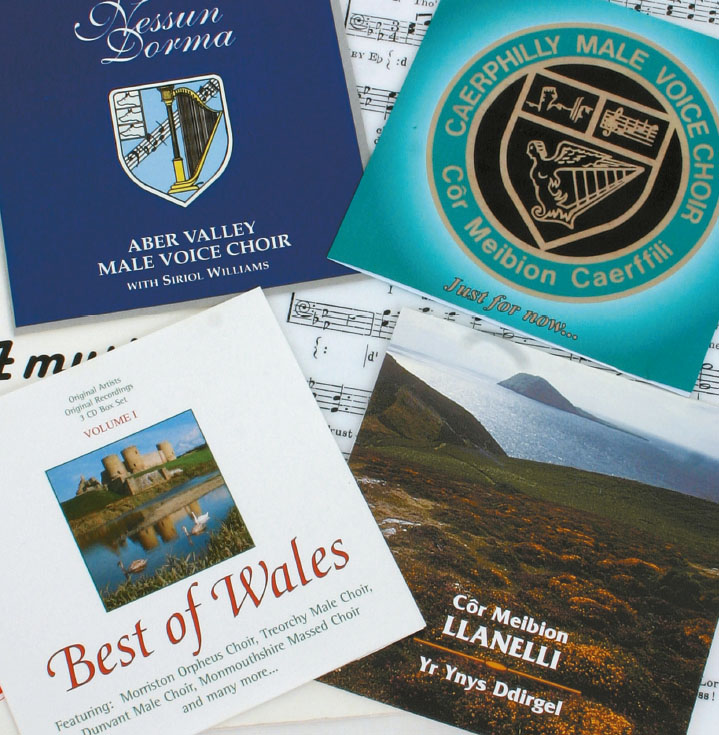
Courtesy of Pontnewydd Male Choir
Layton Watkins, a top tenor with the 104-strong Morriston Rugby Football Club Male Choir and general secretary of the WAMC (South Wales branch), agrees that there is musicality inherent in the Welsh way of speaking. “Their voices go up and down the range, the tone is different. And when they do sing, they do so with a lot of hwyl and hiraeth, meaning a lot of feeling and they sing from the heart.” (No single English word renders the full resonance of hwyl or hiraeth—fun/religious fervor and longing/nostalgia/homesickness are the usual dictionary offerings.) Interestingly, it’s also generally agreed that North Wales seems to produce an abundance of top tenors, while South Wales majors in baritones and basses; why, no one quite knows.
‘AND WHEN THEY DO SING, THEY DO SO WITH A LOT OF HWYL AND HIRAETH, MEANING A LOT OF FEELING AND THEY SING FROM THE HEART.’
Singing aside, choirs have been the catalyst for strong friendships and great opportunities over the decades. Without fail, choristers speak of the camaraderie they enjoy, the “afterglow” that follows concert performances when everyone retires to a hostelry, relaxes and sings as the mood takes them. They have had the chance to perform at prestigious venues around the UK. Watkins describes as “awesome” the experience of singing at WAMC festival concerts in London’s Royal Albert Hall, when up to 900 choristers pack the stage. (The next one is March 17, 2007.) Choirs have performed around the world: 50 or more years ago, when travel was less easy, that was a huge bonus, and even today choristers feel they have journeyed more, done more and seen more than they would otherwise have done as individuals. They are also proud to have been ambassadors, touring America, Canada, New Zealand, Australia and many other countries, often forging lifelong ties there through singing.
The majority of performances by choirs are charity fundraising events. Most charge nothing except expenses for their services. You can appreciate how in times past, choirs really did function as the glue of the community, and sometimes as a safety net for the needy.
So what has changed to challenge the future of Wales’ male voice choirs? Choristers point to the decline in chapel going, the disappearance of morning assemblies in schools where communal singing was learned and—with the exception of Welsh medium schools—the neglect of singing tuition.
The size and demographics of choirs have altered, too. Many are smaller in number; and younger men in particular, with so many alternative leisure pursuits vying for their attention, are less likely to commit to once- or twice-weekly rehearsals plus frequent concerts. A survey of WAMF member choirs suggests that the percentage of choristers aged under 30 (2 percent) shows little change from eight years ago, while those 60 and older now make up 60 percent. It’s the age group in between, moving around with their jobs, perhaps with less domestic freedom than previous generations, that seems to be diminishing fastest.
Choirs have “moved with the times” in other respects. Fewer exist to sing at eisteddfodau. “Around 80 to 85 percent are now concert choirs rather than competition choirs,” Watkins believes. This has affected repertoire. Alongside the core hymns and folk songs like “Myfanwy” and “Men of Harlech,” you will hear opera choruses, songs from musicals and popular standards like “Bridge Over Troubled Water” and “When I Fall in Love.”
[caption id="MusicintheValleys_img5" align="aligncenter" width="455"]

In 2006 the Caerphilly Male Voice Choir, Côr Meibion Caerffili, in Glamorgan, South Wales, celebrates its centenary. Unusually, it owes its origins to the town’s cricket club, which, after playing a match at nearby St. Fagans in 1906, felt envious of the facilities they had enjoyed there. So they set up a singing group of around 20 voices in order to raise funds for their own. For 100 years it has remained true to its main purpose of “making music of the highest possible standard for the enjoyment of others, and to improve the position of charities and good causes.” To date some £250,000 has been raised.
[caption id="MusicintheValleys_img6" align="aligncenter" width="1024"]
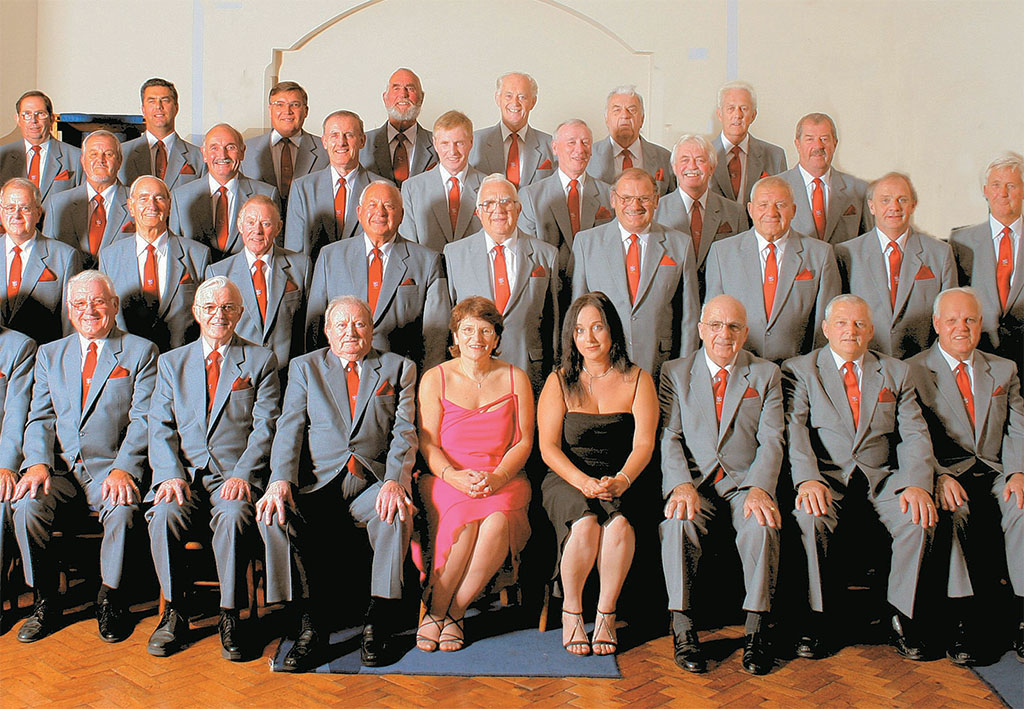
Courtesy of Porthcawl Male Choir
[caption id="MusicintheValleys_img7" align="aligncenter" width="443"]
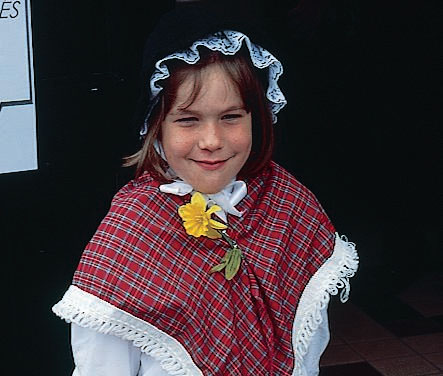
Dana Huntley
[caption id="MusicintheValleys_img8" align="aligncenter" width="434"]
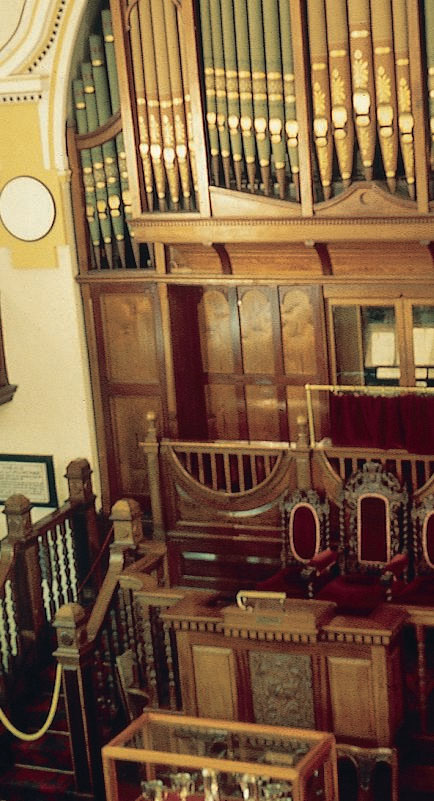
Dana Huntley
From 20 voices the choir grew to 80-plus, but today it numbers around 40. It is often booked months in advance for concerts. Yet with fewer young members joining (their youngest is in his 30s, their oldest is 84), Caerphilly faces an uncertain future.
I dropped into one of the twice-weekly evening rehearsals in the Twyn School—a few minutes’ walk from Caerphilly’s famous 700-year-old castle—and chatted with musical director Frank Jones, choir historian Howell Williams, secretary Wyn Griffiths and Norman Jarrett, one of four Englishmen in the choir. We began with some of Howell’s recollections. A baritone, he has been in the choir for 53 years.
“My uncle and father were in the choir—it ran in families,” Howell says. “I learned to read music and play the piano when I was 8. When I was courting, my father warned my future wife that when a vacancy came up in the choir—there was a waiting list, so many wanted to join—I would be in it. In those days you had to have a voice test to get in.
“During the war, the choir continued because many people here worked in the mines and steel industry, which were reserved occupations, and as a 14-year-old I went with the choir to visit U.S. bases at places like Barry.”
Today, recruitment into the choir is largely through personal contacts—workmates and friends—and members do occasionally visit local schools to inspire interest. There are no auditions. “I put someone roughly in what I think is the right section for their voice,” Frank says, “among people who can help them with the music, and I listen to see if they’re suited to that section. Things soon click, there’s great camaraderie— côr meibion, after all, means choir of brothers.”
Howell takes up the theme: “When there were 80 or 90 members, there was such a cross-section that if you had a problem there was always someone—a brickie, a plasterer—who would solve it for you.”
DYLAN THOMAS
The poetic voice of Wales in the 20th century was Dylan Thomas. Sometimes known as “Sunset Poem,” “Eli Jenkin’s Prayer,” from Under Milk Wood, is a staple of the male voice choir repertoire, set to the music of Troyte’s Chant No. 1 (©1954 by New Directions Publishing Corp. Reprinted by permission of New Direction Publishing Corp.).
ELI JENKIN’S PRAYER
Every morning when I wake Dear Lord, a little prayer I make.
O please to keep Thy lovely eye
On all poor creatures born to die.
And every evening at sun-down
I ask a blessing on the town;
For whether we last the night or no,
I’m sure is always touch-and-go.
We are not wholly bad or good
Who live our lives under Milk Wood.
And Thou I know wilt be the first
To see our best side, not our worst.
O let us see another day!
Bless us all this night I pray.
And to the sun we all will bow
And say, good-bye–but just for now!
D.T.
[caption id="MusicintheValleys_img9" align="aligncenter" width="1024"]
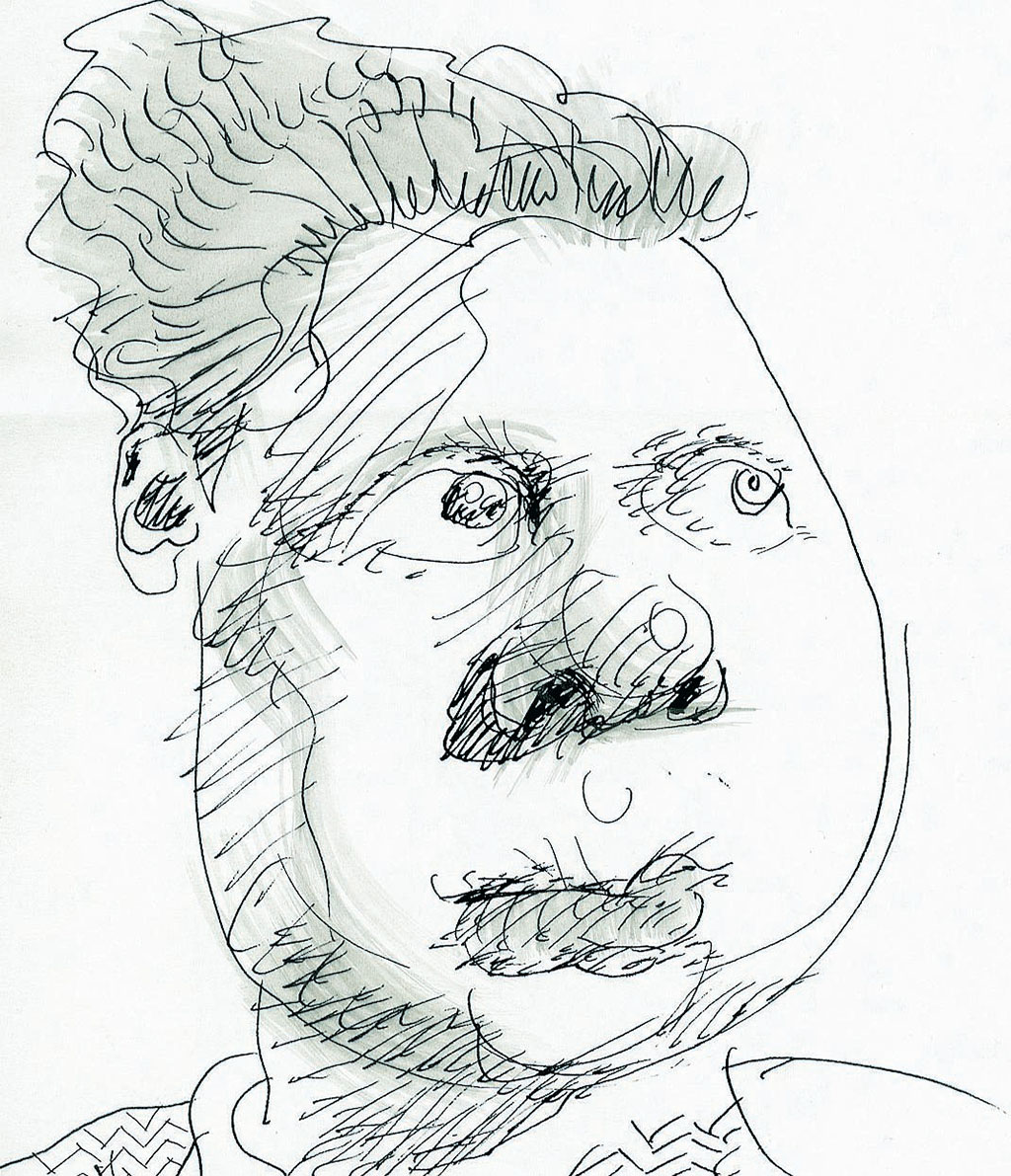
MIKE CAPLANIS
Wyn (second tenor, 17 years with Caerphilly) adds, “Even in this choir, if someone is ill we take it in turns to visit them.”
They all agree that belonging to the choir has given them opportunities to travel, make friends and sing at venues they would never otherwise visit. The choir has toured Germany, performed at cathedrals from Llandaff to Canterbury and sang in Westminster Abbey at the memorial service of the late Anthony Crossland, MP, in 1977.
There’s strong feeling, however, that, as Howell puts it: “These days men don’t have the same freedom to go off with the choir, perhaps because both husband and wife work. Society has changed. I’m not being derogatory, but when I joined the choir, my wife was a housewife and I had more freedom.”
Most of the choir’s performances are in aid of charity, and they charge only for expenses like petrol. Income for the purchase of music, etc., is derived from singing at weddings and corporate events, plus each chorister’s annual £50 subscription. Their repertoire covers traditional Welsh hymn tunes, but also lighter music and spirituals, and they sing in English, Welsh and Italian. Few in the choir are native Welsh speakers, and Wyn, who is, teaches members how to pronounce lyrics sung in Welsh. Is the feeling still there?
“Yes,” Norman says. “I sing some Welsh songs without knowing the meaning but the feeling is still there because the language is naturally flowery. Also, Welsh tunes are very nice. A lot are in the minor key, so they sound sad.”
There followed an animated debate about whether or not the Welsh per se can sing better than other nationalities. (Wyn: “Yes.” Norman: “No.” Frank: “In a pub where you finish the evening with a singsong the difference is the Welsh break into full harmony, the English sing in unison!”)
Eventually I asked whether—considering that sons are no longer following their fathers—the Caerphilly Male Voice Choir would celebrate another 100 years. (Howell: “It might continue for 10 or 15 years, then I reckon it will be gone.” Wyn: “If we merged with others in the region, we could have an 80-strong choir. But people don’t like to lose their identity.”)
With that, and amid much further banter, they settled to their choir rehearsal and the small school hall filled with the resonant swell of voices.
There is something unique about the sound of Welsh male voice choirs, their social history and significance. Yes, society has changed and the choirs’ standing has altered; some will die out, others will diminish in size. But cliché and tourist board marketing hype aside, it remains part of the Welsh heritage to sing.
In its centenary year, the Caerphilly Male Voice Choir is holding several special concerts, including a mass event with other choirs toward the end of 2006.
Copies of the Caerphilly Male Voice Choir CD (recorded 2004), Just for now…, are available at £8 plus p+p. Further details on either or both: Wyn Griffiths, 3 Rectory Road, Caerphilly, South Wales, CF83 1EP; Tel. 029 2088 8337.
[caption id="MusicintheValleys_img10" align="aligncenter" width="1024"]
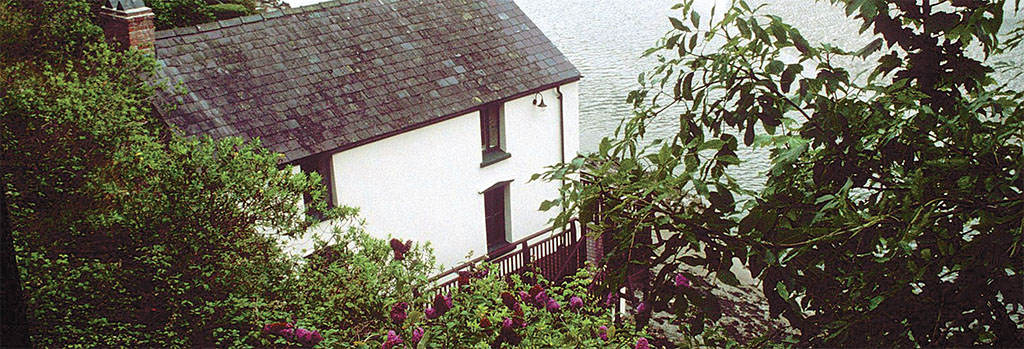
Dana Huntley





Comments